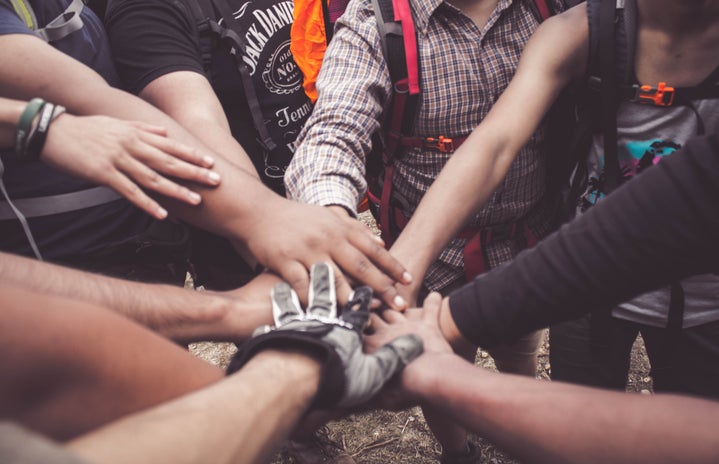As we near the end of February, college spring break is soon approaching, and many students in different universities are preparing for volunteer service trips during this week in March. Alternative spring break is a popular program at various colleges that allow students to engage in community service at sites in different areas of the country. Volunteer opportunities typically include a range of activities, such as building shelters or working with local children. These trips have become increasingly popular for a number of reasons. However, the issue with these trips stems from the intentions of some volunteers–specifically, volunteers who engage in community service for self-serving purposes.
The Problem with Saviorism
Saviorism is a concept that is important to consider when thinking about one’s intention to volunteer. Saviorism refers to the attitude of individuals who engage in community service to feel better about themselves. This not only is inherently problematic, but it also impacts the service provided. When individuals enter volunteer sites with the mindset that they are “saving” the community they are working with, it inflates the actual impact of their service and leads to lower quality work. These individuals often believe that they are making a bigger difference than they truly are, underestimating the hardwork of those actually part of the community they are serving. Volunteers who enter these sites should be there to listen and provide extra help for those who work there every day.
Social Media and Documentation
Individuals who participate in community service trips tend to document their work through photos and social media posts, and seeing photos of volunteers with children from communities visited by service trips is not uncommon. However, the issue with this lies in the message sent by these actions. More specifically, taking pictures of volunteer service and posting it for others to see treats these communities and volunteer sites as simply an interesting experience, undermining the qualities of the communities being served. In addition, sharing volunteer service on social media platforms is often done simply to show others the “selfless nature” or “good deeds” of the person posting, which further fuels the self-serving intentions of the individuals who engage in volunteer service for the wrong reasons.
What to Change
Upon reading the problems with saviorism and self-serving community engagement, one may wonder how to participate in community service without fueling these impacts, as some volunteers do in fact engage in community work with the initial intention of helping others. The key idea here is to examine personal motives. Thinking about intentions for volunteering before entering these sites and communities is hugely important. Community service can in fact be personally rewarding, but this should never be the primary motive for participating. In addition to looking at reasons, understanding the true impacts of volunteer work is also essential. Keeping things in perspective and remembering that volunteers are there to provide an extra set of hands for those who are already working in these sites is vital in providing effective help and support at these sites. At the end of the day, for those of us who engage in volunteer work, our service is for others, not ourselves.


